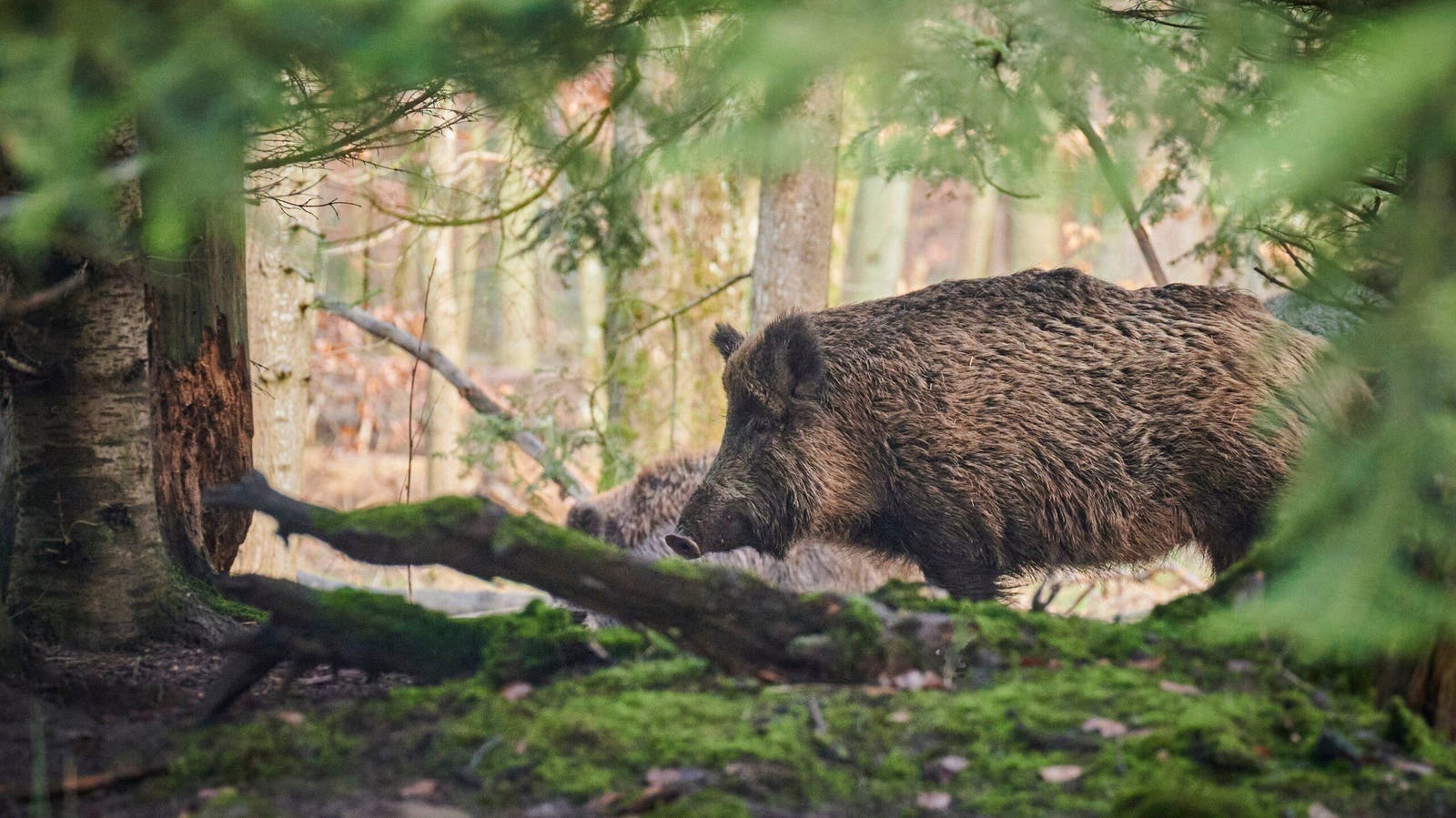Health
Wild boar has five times more toxic PFAS than humans are allowed to eat

Wild boar livers are bioindicators of the presence, types and concentrations of PFAS ‘forever chemicals’ in locations with limited industrial and human activities.
Wild boar. (Credit: Paul Henri Degrande.)
A new study has found that European wild boars, Sus scrofacontains toxic PFAS (per- and poly-fluoroalkyl substances) at levels approaching five times taller than what is permitted under EU law for meat sold for human consumption. Introduced in 2023, this EU regulation monitors concentrations of PFAS in vegetables, fish and meat, including game, with offal having the highest permitted levels.
The popularity of wild boar meat and offal varies from region to region within the EU. Residents of Germany, Italy and France often eat it, but it is also eaten in Spain and Eastern European countries.
PFAS, commonly known as “forever chemicals” because they are virtually indestructible, are a group of more than 12,000 synthetic chemicals. PFAS are found almost everywhere: in our homes, our offices, our clothing and even in our food. These man-made chemicals are toxic at extremely low levels (i.e. parts per quadrillion), and they pose significant risks to human health, including cancer, fertility problems and liver damage.
This latest study was conducted on wild boars living in the Bohemian Forest National Park (Šumava National Park) in the Czech Republic. The park, which borders Germany and is close to the Bavarian Forest National Park, has been a protected area since 1963. It is home to a population of around 400 wild boars, whose population is monitored annually, allowing scientists access to liver samples.
Wild boars were selected for these PFAS studies because they – and their livers in particular – are good ‘bioindicators’ for ‘background levels’ of PFAS in the environment. This is because pigs root around in the ground for something to eat, and will eat virtually anything they come across, including plants and small animals, and even soil, which can be a major source of PFAS.
For this study, 29 wild boar livers were tested for 30 different PFAS. The average amounts found in the liver – which bioaccumulates compounds such as PFAS – were 230 μg/kg, almost five times the maximum amount allowed in offal under EU law.
“The level of contamination of wild boars in the national park is a cause for concern,” said the study’s co-lead author, analytical biochemist Viktoria Müller, now a postdoctoral researcher at the James Hutton Institute. Dr. Müller started this specific study while still a student at the University of Graz.
“We now find PFAS everywhere, but that the level is higher than what is permitted for human consumption in food – and wild boar meat and offal is consumed by humans – is a concern,” explains Dr Müller.
Compared to some previous studies on various body tissues obtained from wild boars living in a rural area in northeastern Germany, the boar in the Šumava National Park contained twice as much PFAS. But why are these boars so heavily infected?
“[P]to indicate why the levels in the park were higher would require a larger study,” Dr. Müller replied.
“The profile of the types of PFAS found in the park was consistent with those typically found at ‘background levels’, indicating atmospheric deposition, for example from rain and wind. But the high concentrations we found suggest that more in-depth research is needed.”
Source:
Till Schröder, Viktoria Müller, Marc Preihs, Jan Borovička, Raquel Gonzalez de Vega, Andrew Kindness and Jörg Feldmann (2024). Analysis of the fluorine mass balance in organs of wild boars from the Bohemian Forest National Park, Science of the total environment 922:171187 | doi:10.1016/j.scitotenv.2024.171187
© Copyright by GrrlScientist | presented by Forbes | LinkTr.ee
Social contacts: Blue sky | Countersocial | To chatter | LinkedIn | Mastodon science | Sprayable | SubStack | Wires | tribe | Tumblr | Tweet













